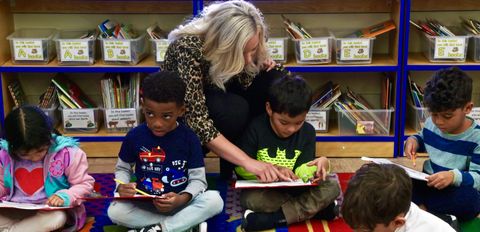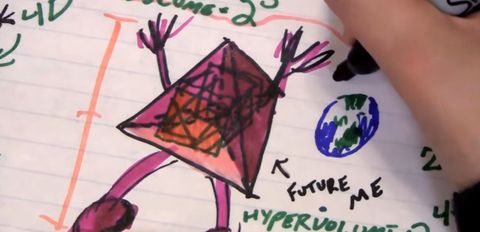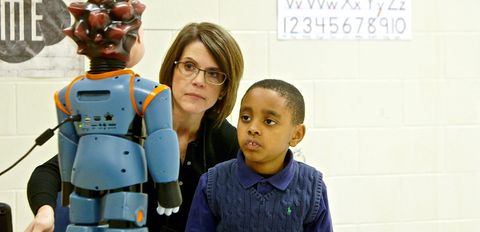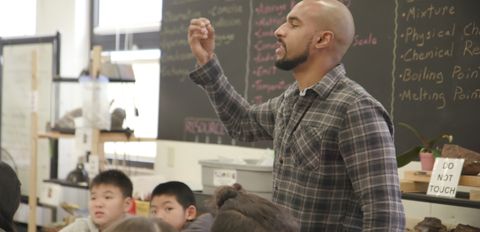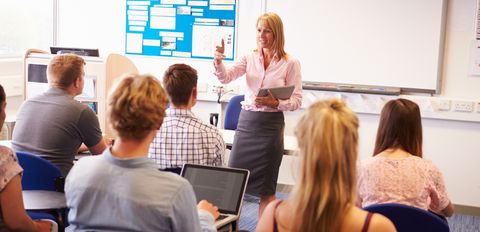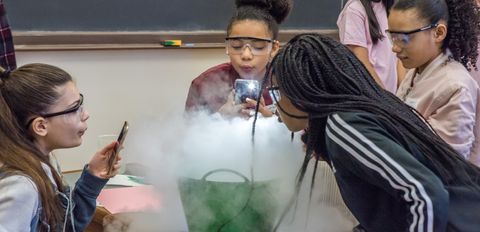 Credit: Photo by Noah Silliman on Unsplash Unstructured playtime is making a comeback in schools as frustrated teachers, parents, and advocacy groups demand legislative action.
 Credit: George Lucas Educational Foundation Research has shown that short movement breaks help students get focused, improving both skill-building and knowledge retention.
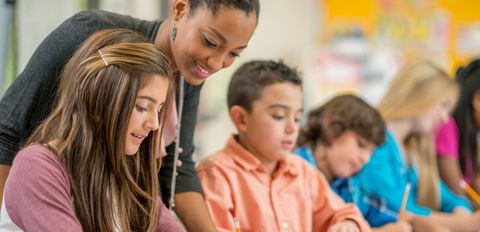 Credit: ©iStock/FatCamera Ideas for scaffolding paraphrasing so that students correctly learn this valuable but difficult-to-master skill.
 Credit: ©Ikon Images/Jens Magnusson Tying fun goals to standardized test preparation helps students stay focused as they review several months' worth of content.
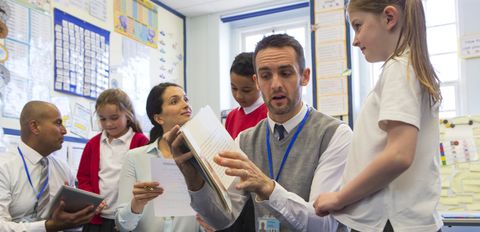 Credit: ©Shutterstock/DGLimages Strategies tailored to the special challenges teachers face when they work together in the classroom.
| 
